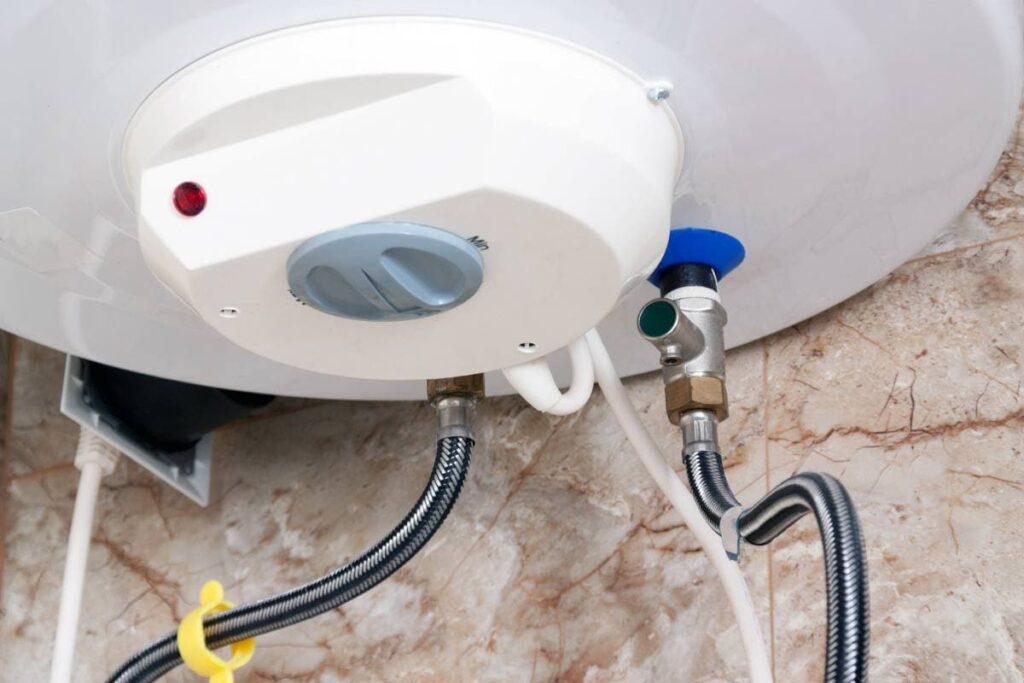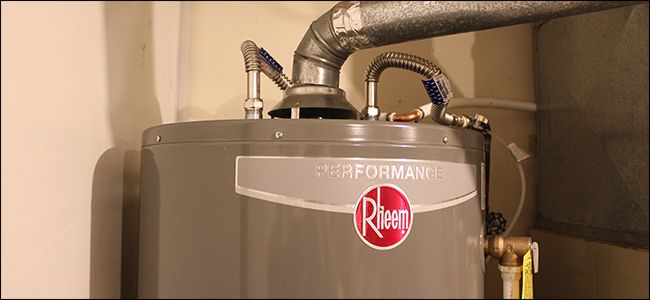The author is making several good points on How to Maintain a Hot Water Heater in a Few Simple Steps overall in this content directly below.

Warm water is crucial for day-to-day convenience, whether it's for a rejuvenating shower or washing dishes. To guarantee your warm water system runs effectively and lasts longer, regular upkeep is crucial. This short article provides practical ideas and insights on exactly how to maintain your home's warm water system to prevent disruptions and costly fixings.
Intro
Maintaining your home's warm water system may seem overwhelming, yet with a few simple actions, you can ensure it operates efficiently for many years ahead. This overview covers everything from recognizing your warm water system to do it yourself upkeep tips and recognizing when to employ professional aid.
Significance of Keeping Your Hot Water System
Normal maintenance not only expands the lifespan of your warm water system but additionally guarantees it operates successfully. Neglecting upkeep can lead to lowered efficiency, greater energy costs, and even early failure of the system.
Signs Your Warm Water System Needs Upkeep
Knowing when your warm water system requires interest can prevent major concerns. Look out for indications such as inconsistent water temperature level, strange sounds from the heating system, or rustic water.
Recognizing Your Hot Water System
Prior to diving into upkeep jobs, it's valuable to recognize the basic elements of your warm water system. Usually, this consists of the hot water heater itself, pipes, anode poles, and temperature level controls.
Monthly Upkeep Tasks
Regular regular monthly checks can aid catch small issues prior to they rise.
Flushing the Hot Water Heater
Purging your water heater eliminates debris buildup, enhancing effectiveness and lengthening its life.
Checking and Replacing Anode Rods
Anode poles prevent rust inside the container. Inspecting and replacing them when worn out is vital.
Evaluating and Adjusting Temperature Setups
Readjusting the temperature settings makes sure optimum performance and safety.
DIY Tips for Upkeep
You can execute several maintenance tasks on your own to maintain your warm water system in top condition.
Checking for Leaks
Consistently inspect pipes and connections for leaks, as these can cause water damages and greater costs.
Testing Stress Alleviation Valves
Testing the stress relief valve ensures it functions properly and prevents excessive pressure accumulation.
Protecting Pipelines
Protecting warm water pipelines lowers warmth loss and can conserve power.
When to Call a Specialist
While do it yourself maintenance is beneficial, some concerns call for specialist proficiency.
Complex Issues Requiring Professional Help
Examples include major leaks, electrical troubles, or if your hot water heater is continually underperforming.
Regular Specialist Upkeep Perks
Expert upkeep can include extensive inspections, tune-ups, and making certain compliance with safety and security criteria.
Final thought
Routine maintenance of your home's hot water system is essential for efficiency, long life, and expense savings. By following these tips and recognizing when to seek professional help, you can make certain a trusted supply of warm water without unexpected disturbances.
How to Maintain an Instant Hot Water Heater
Before tinkering with your hot water heater, make sure that it’s not powered on. You also have to turn off the main circuit breaker and shut off the main gas line to prevent accidents. Also turn off the water valves connected to your unit to prevent water from flowing into and out of the appliance. 2. When you’re done, you have to detach the purge valves’ caps. These look like the letter “T” and are situated on either side of the water valves. Doing so will release any pressure that has accumulated inside the valves while at the same time avoid hot water from shooting out and burning your skin. 3. When the purge valves’ caps are removed, you have to connect your hosing lines to the valves. Your unit should have come with three hoses but if it didn’t, you can purchase these things from any hardware or home repair shops. You can also get them from retail stores that sell water heating systems. Read the user’s manual and follow it to complete this task properly. When the hosing lines are connected, open the purge port’s valves. 4. You should never use harsh chemical cleaners or solutions when cleaning your unit. Make use of white vinegar instead. It should be undiluted and you’ll probably use about 2 gallons. 5. Now flush your water heater. This task should probably take about 40 minutes. We can’t give you specific directions for this because the procedure is carried out depending on the type, model and brand of your heater. With that being said, refer to the user’s manual. 6. When you’re done draining the unit, you have to turn off the purge port valves again. Remove the hosing lines that you earlier installed on each of the water valves. Put the valve caps (purge port) back in their respective places and be very careful so as not to damage the rubber discs that are found inside these caps. 7. Now that everything’s back in place, check your user’s manual again to find out how to reactivate your water heating system. 8. Once it is working, turn one of your hot water faucets on just to let air pass through the heater’s water supply pipes. Leave the tap on until water flows smoothly out of it. https://www.orrplumbing.com/blog/2014/september/how-to-maintain-an-instant-hot-water-heater/

As a devoted reader on How to Maintain a Hot Water Heater in a Few Simple Steps, I thought sharing that information was valuable. For those who appreciated our blog entry kindly be sure to pass it around. Thanks for your time. Kindly check up our website back soon.
Phone